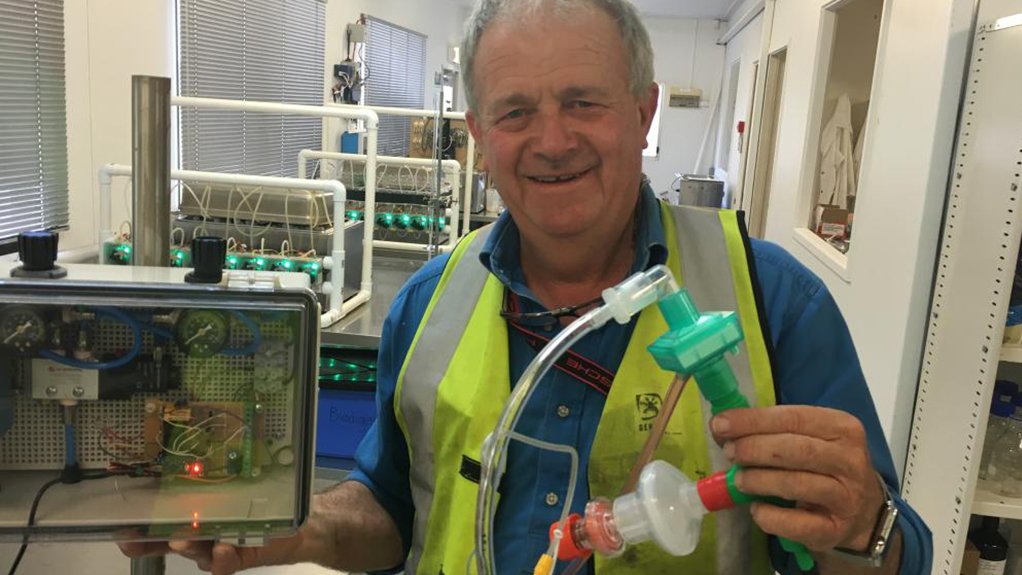
A group of collaborators in Ballarat have formed a response group seeking to both deliver a viable and suitable ventilator for both local use and potential global application. Successful inventor, Clunies Ross Science Award Winner, and International Mining Hall of Fame Inductee, Sandy Gray, brings together the Gekko Systems team’s knowledge of pneumatics, hydraulics, operating systems, mechatronics and control systems with a number of leading physicians. ICU Anaesthetists, including Doug Paxton and Michael Whitehead, from Ballarat’s world class health services have collaborated to design a simple, robust, no frills ventilator.
Doug Paxton commented on the prototype: "The circuits are easy to use. With little training and information the ventilator can be used effectively for nearly all our patients, taking a load off the clinician and the other ventilators in the system."
The group have progressed through to a Mark 3 Prototype and the local state government has been approached to assist with funding and approvals. The simple design incorporates high quality control equipment. The UK govt guidelines for Rapidly Manufactured Ventilator System (RMVS) have been used as a base however the initial units will be kept as simple as possible to ensure rapid deployment is possible.
Michael Poulton, CEO of the Committee of Ballarat, started the ball running when he asked Gekko whether developing a local ventilator to support local needs was possible. The Committee of Ballarat have been facilitating and providing advice on local capability and access to networks. Runway Ballarat/Eurekative’s Ian Firns has provided support with 3D printed components for the prototyping.
The system may have potential for remote site applications as it is designed to conserve oxygen consumption - for the inspiration breath only in order to conserve oxygen. Extremely low power requirements may mean the unit can be run from battery supply. Remote operations would be able to run on a car power supply for compressed air and electricity with an additional remote area kit.